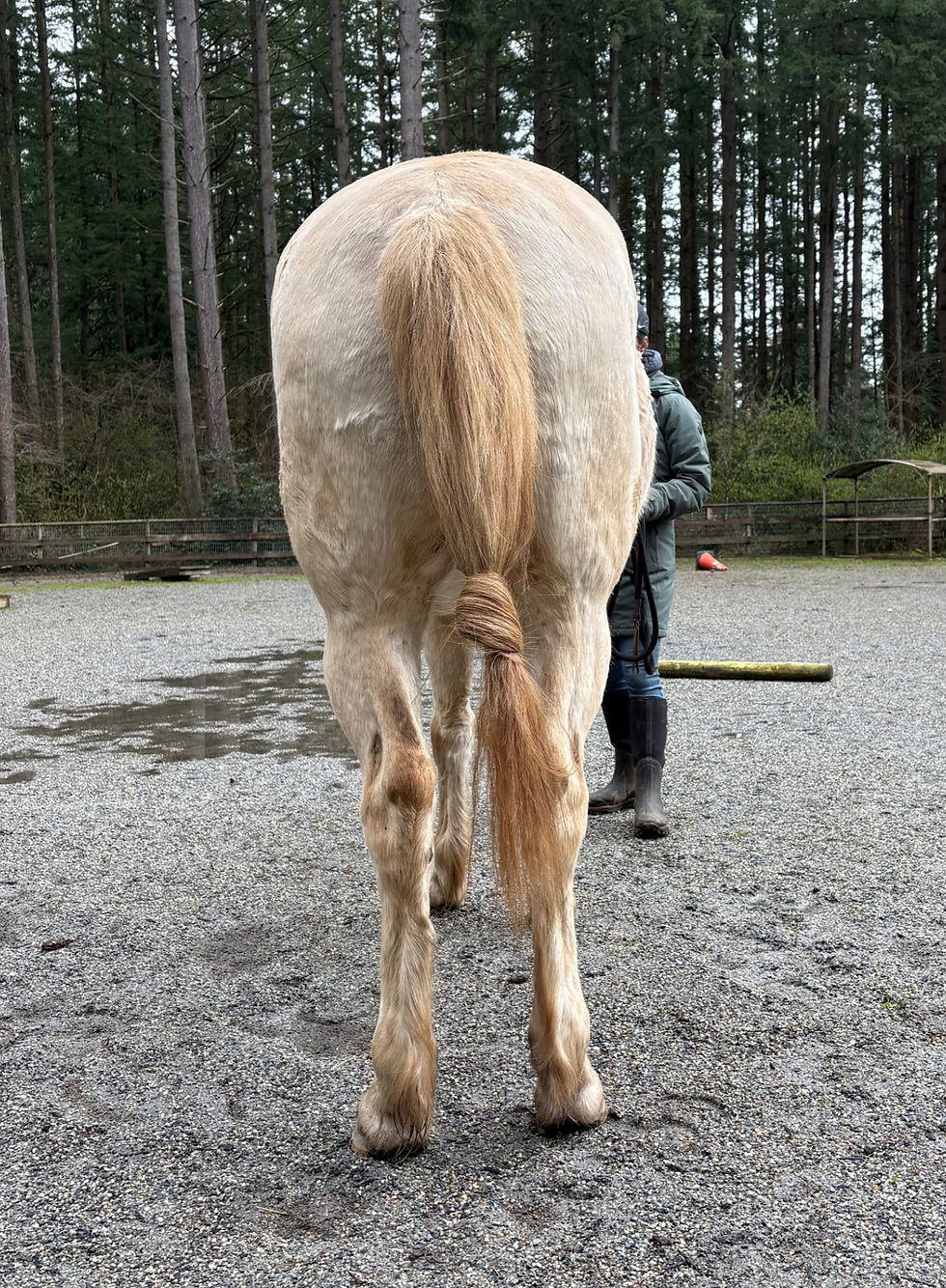The Sphenoid Bone: Arguably one of the most important bones in the body.
- Elisse Miki

- Feb 22, 2022
- 2 min read
Updated: May 26
Beautiful designed by Mother Nature and one of the most fundamentally necessary bones in the cranium for both humans and horses alike.
The sphenoid bone sits in the center of the cranium. It is often referred to as “bat shaped” because of its distinctive form which closely resembles that of a bat in flight. It consists of a body at the centre and two large wing like projections from the body as is pictured, there are many holes (foramen) which are exit points for certain blood vessels and nerves – one of which being the optic nerve (eyes!).
To give a clear visual, examine the picture above carefully and you may begin to understand how a torsion (rotation of this bone) could easily affect the functionality of many other structures within the cranium and subsequently rest of body.
Since this bone also articulates with 12 other cranial bones, it can have a vast effect on the overall cranium if it is out of position. The surface of the sphenoid bone is named the sella turcica which is latin for Turkish seat due to its saddle like shape (how suitable in the case of horses). This small saddle shaped depression is home to the pituitary gland – a very important little gland. The pituitary gland takes messages from the brain and uses these messages to produce hormones that affect the rest of the body. Specifically, the anterior portion of the pituitary gland produces adrenocorticotropic hormones (ACTH) which stimulates the adrenal glands to secrete cortisol which regulates growth, metabolism, and body composition.
For one bone that is a pretty astronomical degree of responsibility in the body!
If the sphenoid bone is torsioned, laterally strained, or compressed this may cause dysfunction in the pituitary gland and subsequently the hormones being produced which can present very similarly to various known metabolic syndromes. There is evidence of cranial dysfunctions being misdiagnosed for metabolic syndromes in humans which leads me to ask the very obvious question – could this be the same for horses.
My logical brain says yes but now I must search for more answers. Curiosity keeps me vital, so stay tuned!
If you are a current equine or human therapist seeing to add this potent modality to your practice, we offer approved courses for you to advance your learning in our Cranial Therapy Certification Programs.
Ready to Learn More?
Explore our Free Resources for tools you can use right away, dive into our Online Courses to deepen your knowledge, or join one of our Certification Programs to take your equine therapy practice to the next level.






Comments